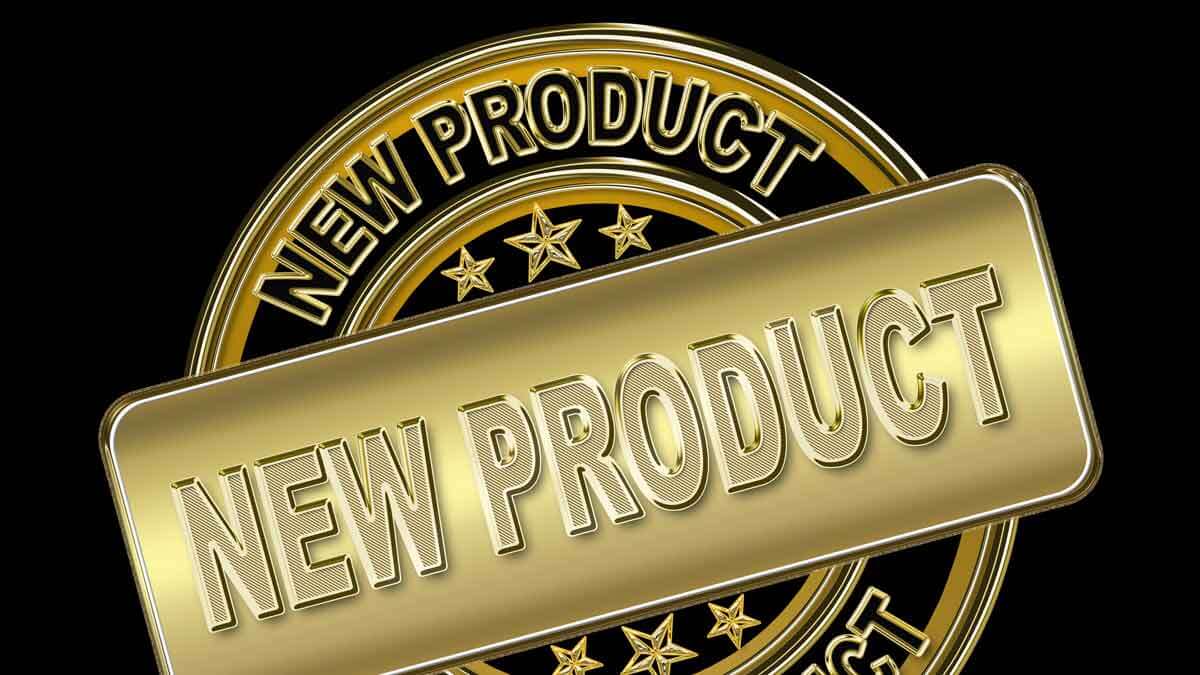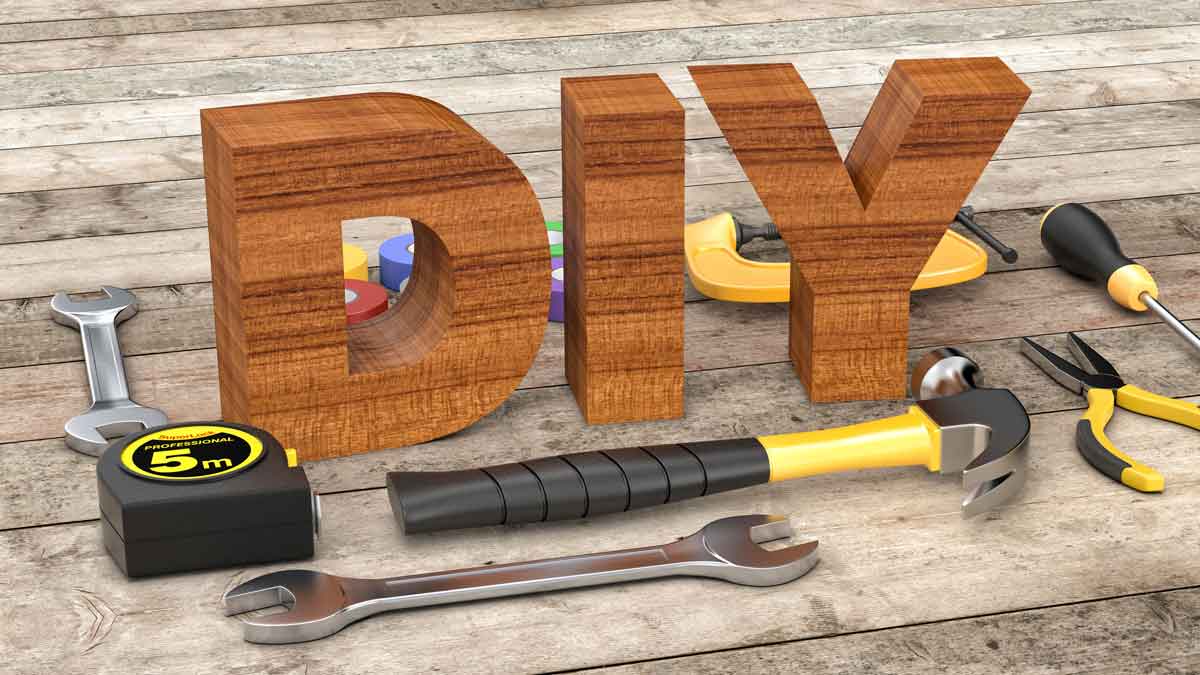Keep your process… but don’t expect a neat, linear progression for all projects. Product development is like preparing a fine meal: There’s a messy kitchen somewhere. Look at the unpredictable, messy paths of your own company’s earlier blockbuster products. You need nimble, open-minded teams to complete such journeys quickly.
More in e-book, Reinventing VOC for B2B
Don’t let your future be “that time you’ll wish you’d done what you’re not doing now.” You’ll be thankful later if you recalibrate your time horizon now… diverting some of your short-term attention to the future of your business. Besides, what you do this quarter is largely a spectator sport. The prices, profits and margins we wring our hands about during financial reviews were determined years ago by the new products created then for customers.
More in e-book, Leader’s Guide to B2B Organic Growth (Lesson 7).
You can miss an important customer need… pursue the wrong need… over-design and add unneeded costs… measure customer success the wrong way… overlook a competing alternative… over-estimate what customers will pay… under-value your product… use improper messaging. So many chances to err. Fortunately, B2B producers can use a “science” to avoid all of these.
More in article, How to Avoid New-Product Commercial Risk
Do you have a true team… or just some “emissaries visiting from foreign functional areas”? Winning teams share these traits: a) Management signals this work is a top priority, b) the team leader is enthusiastic and capable, c) team success impacts personal performance reviews, and d) the team members want to be part of this team.
More in article, What’s Restraining Your Growth? Your Time Horizon
You’re developing your customer’s new product. It’s like this: “Mr. Customer, we’ve assembled a team aimed at developing something you’ll love. As you can see, we even brought a lead R&D person with us to listen to you. So can you tell us everything you think we should know before we going into our labs? We want to get this right so the innovation makes you a hero at work.”
More in article, Reduce Bias in Voice of the Customer
Many think new product pricing is determined by how much value a supplier delivers to customers… but that’s not strictly true. Pricing is driven by customers’ perception of value delivered. Therefore, you need to give prospective buyers a value calculator or similar tool, so they can see how much money they’ll make or save.
More in white paper, Catch the Innovation Wave (page 12).
B2B producers often take a DIY approach, while B2C marketers hire research firms. Why? For one thing, consumer products often have bigger annual revenues: Think of all the small B2B parts in a big-ticket item like a smart phone. For B2C it’s all about that launch. But B2B companies often “turn the crank” on many smaller new products… so its economical to develop in-house expertise.
More in article, You Already Answered 4 Questions, but… Correctly?
A new product development process with stages and gates provides helpful discipline. But most suffer from two limitations: 1) Internal focus… talking to ourselves instead of customers. 2) Analytical thinking… promoting a checklist mentality. You also need discovery thinking, with a focus on learning. Unlike analytical thinking, this is fragile and must be nurtured.
More in article, Should Your Stage-Gate® Get a No-Go?
If any process in your company should be customer-driven, it should be the one developing products for customers, right? So try this at your next review: Ask team members how many hours they spent talking to customers… and how many hours working internally. You may be surprised at how little time was spent understanding customer needs.
More in article, Should Your Stage-Gate® Get a No-Go?
When you validate your new product concept with customers, they may tell you if it’s a dud. Great… you’ve avoided the error of commission. But what about the error of omission? If you first enter the customer’s world with B2B divergent interviews, you might learn of unexpected needs that lead to a blockbuster.
More in white paper, Lean Startup for B2B (page 9).
When recruiting John Sculley from Pepsi, Steve Jobs asked, “Do you want to sell sugar water the rest of your life, or do you want to come with me and change the world?” Most employees paid no attention to your last quarter’s earnings-per-share. But they’ll tell their grandkids how their new product turned an industry upside-down.
More in article, Why Maximizing Shareholder Value is a Flawed Goal (Originally published in B2B Organic Growth).
Those wrong places are usually inside your company. In a study examining best idea sources, 8 voice-of-customer methods and 10 other methods were examined. In terms of effectiveness, the VOC methods took 8 of the 9 top spots. At the very top? Customer visit teams and customer observation. Most companies need to “get out” more.
More in article, Where New Product Ideas Begin (Originally published in B2B Organic Growth).
With a high-certainty product project, you can accurately predict your financial profits. With an uncertain project, you face significant potential downside and upside profits. In B2B markets, you can understand the downside very early. You’ll kill the project cheaply if the downside cannot be eliminated. And reap big upside profits if it can.
You can methodically strip away uncertainty and de-risk your projects. This is done through a four-step process that combines Discovery-Driven Planning with New Product Blueprinting. Learn more in this white paper, Innovating in Unfamiliar Markets (page 5).
Customers will help you set prices before—but not after—you launch your new product. They want you to develop innovative new products and services that deliver value to them… so they’ll give you insights to make this happen. These same insights allow you to establish optimal pricing. Do you know how to do this? It will be too late after you launch your product.
More in article, Pricing New vs. Existing Products (Originally published in B2B Organic Growth Newsletter)














